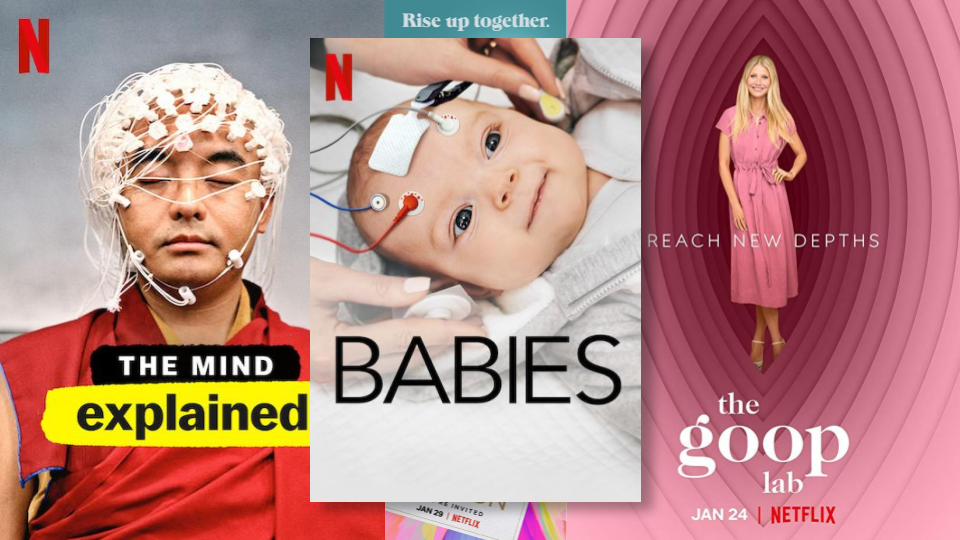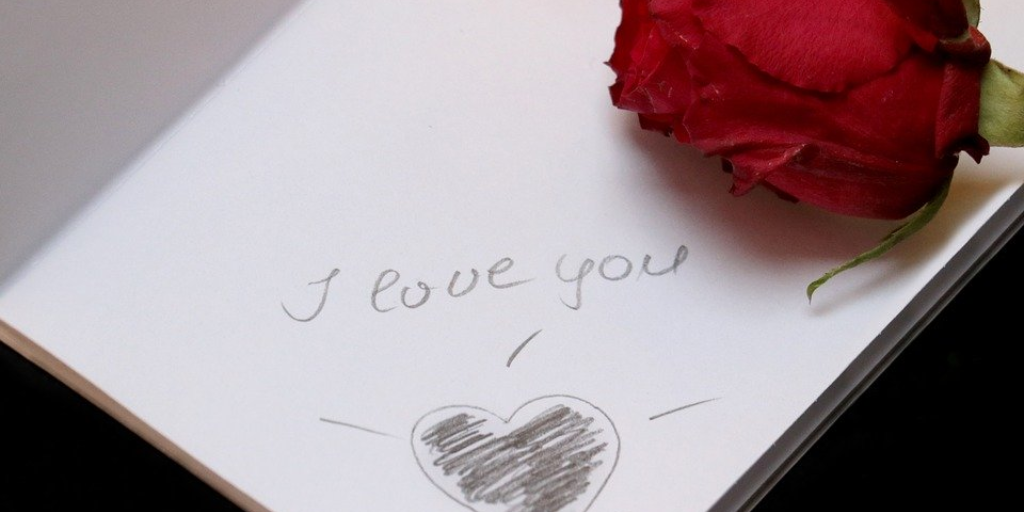Sunday Classics
by Jeric Llanes
*Please check out the Sunday Classic for The Godfather (1972) if you haven’t already!*
Picking up the story three years after the ending of The Godfather, The Godfather Part II continues the saga of Michael Corleone (Al Pacino) as he looks to bring his family’s reputation from notorious crime syndicate to a legitimate power in the casino business. Though, the task isn’t as simple as it sounds. Michael is so close to his goal, but he still must face the repercussions of his actions from the previous film. Rival mob families, powerful businessmen, the government; all look to bring down the Corleone crime family once and for all, and that’s just the surface of challenges that Michael must face throughout the film.
The compelling family drama is doubled up as the film features flashbacks that reveal the upbringing of a young Vito Corleone (played this time by Robert De Niro), as he tries to make a name for himself in the growing city that is New York. Now, the idea of having two separate storylines in different time periods might sound jarring at first (Michael’s story takes place in the late 1950s, while we go back to the 1910s in New York for the young Vito), but it’s done so for good reason. The purpose of showing Vito’s rise to power is that it’s meant to parallel that of Michael’s, which in turn gives way for scrutinization of both their story arcs for the sake of comparing.
Warning: From here on out, there will be spoilers!
Father and son. Don to Don. Godfather vs. Godfather. If you’ve read my last post about The Godfather, then you’ve already been prepped for the kind of compare/contrast approach that I take with Michael and Vito. In the last Sunday Classic, I mentioned that certain characteristics of Vito caused turmoil and struggle for the Corleone family, and it was ultimately Michael who succeeded in the end because he was able to adapt to the changing times. Ironically, the roles are reversed in this time around in the sequel.
At the end of each of their respective stories within the film, we get two drastically different images. On the one hand, we have Vito, whose last scene shows him leaving Sicily with his family after exacting vengeance on his enemies, while on the other hand Michael is left isolated and alone at the finish of film. This time around, Vito has the happy ending, while Michael (although victorious) is left with brooding uncertainty.
So why is this? Well, it all comes down to their style of leadership. There’s a literature term that I learned back in college that perfectly sums up the difference between the two Godfathers (I bet my professors would be proud of me!).
The ring-giver.
The ring-giver is a term to identify a king or an overlord, which is the role The Godfather essentially plays in the trio of films. Though, not every king can be a ring-giver. There is an extra quality for a king to have in order to be considered, and that is for him to award his fellow warriors and soldiers for the bravery in battle. And this is what separates the Young Vito from the past with the present day Michael.

Robert De Niro as the younger Vito Corleone, who was previously portrayed by Marlon Brando. (Photo from IMDB)
When Vito performs his acts of crime, he does so with the intent of letting his friends and family benefit from the fruits of his labor. He typically likes to do an exchange of services. He’ll start by doing his friends a favor, and in return he expects that his comrades do the same for him when the time is right. This type of system is one that breeds loyalty within Vito’s inner circle, which is necessary for his rise to the top as a Mafia Don. He still keeps his schemes a secret, but will genuinely go out of his way to make sure everyone gains a profit. Hence, his nature to pull the strings for the others who have helped him truly makes Vito a ring-giver in his own right. And that’s why he becomes the success that we know him to be.

Michael Corleone (Al Pacino), alone at the end of the film. (Photo from IMDB)
Michael, though, has never been the generous man his father was. This is evident from the beginning of the film. Similar to the first Godfather, some of the earlier sequences of the film show a series of negotiations during a Corleone celebration. But there’s something off with this particular opening when compared to its predecessor. Whereas the first film showed an older Vito as a powerful and respectable man who is willing to forgive and take on favors, the opener of The Godfather Part II portrays Michael as a stingy and ruthless businessman. The dialogue as he conducts business is rather tense and harsh. Michael might be smarter than his father was, but perhaps to his detriment. He believes that he can maneuver his way to the endgame on his own, which creates the lack of urgency to let in any of his family when it comes to his affairs (this roots back to my idea that Michael is more secretive than any of the Corleones, which is suggested by the way the cinematographers choose to keep him in minimal light). In turn, no trust is created in his circle, which leads to betrayals from his close associates, business partners, and even his own brother, Fredo. While his father may have been a ring-giver type of Godfather, Michael cleary is not, and he suffers a lonely life because of it. It’s a bit eerie how similar their rises to power were and how a subtle difference in personalities changes the entire outcome of their lives.
In my opinion, the back-and forth between the timelines is at its very best near the very end of the film, when we get a quick scene of a time just before the start of the original film. It’s great to see some of the old cast of the first film return (particularly James Caan in the role of Sonny), but the star of the scene is definitely Al Pacino. You can see a difference in the younger Michael, especially when paying close attention to his mannerisms and tone of voice. Pacino portrays Michael with a touch of innocence (similar to how he was in the opening sequence of the first film), but he still shows traits that hint to the ruthless mobster he will later become. It’s one of my favorite scenes in all of film, and it’s particularly more powerful when you look at both The Godfather and The Godfather Part II as one long story.

My favorite scene in the entire movie! Everyone looks so happy in this moment, (even Michael!) which makes the somber ending even more powerful. (Photo from IMDB)
It truly is an amazing feat to link two separate stories together by creating parallel narratives, especially when it’s within the same movie. Both arcs are compelling dramas that feed off each other in order to paint a grand, more rich picture of the epic Corleone saga. Approaching and analyzing it the way I did with these two Sunday Classic blogs is simply one way to look at it, and I highly recommend you check these films out to see what you can get out of it! (And that’s the beauty of watching classic films! You’ll never know what you can take away from the viewing experience!)
Where to Watch this Film: The Godfather Part II (1974) is available for rent/purchase on Amazon Video, Youtube, Vudu, Google Play, Netflix DVD, and iTunes








Picking up the story three years after the ending of The Godfather, The Godfather Part II continues the saga of Michael Corleone (Al Pacino) as he looks to bring his family’s reputation…
Read More →